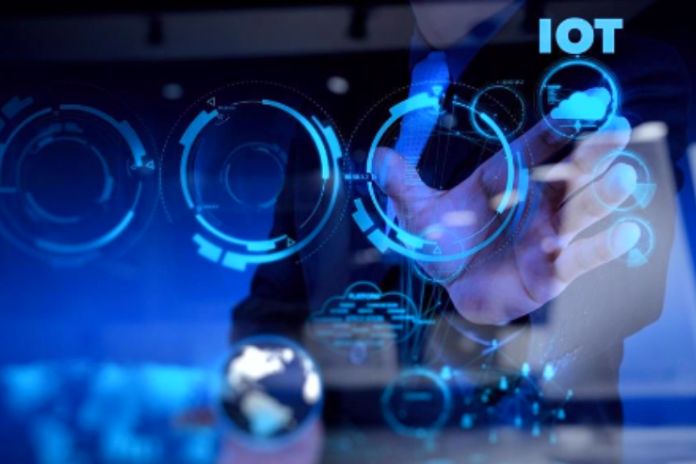IoT: Mobility development in recent years has changed how consumers and businesses view computing. A wide variety of intelligent devices now shares the reality once dominated by desktops and notebooks: cell phones, tablets, wearables and, clearly emerging, IoT devices.
Broadly, IoT (Internet of Things) refers to autonomous or semi-autonomous equipment connected via a network, including monitoring, interaction and interactivity, production control, information and much more. This class of equipment encompasses a wide variety of items, which can be as specific as smart refrigerators that help consumers keep their food stock up to date or as robust as production automation systems in industries. Its enormous variety of applications reflects the flexibility and advancement of technology, which can now answer the most diverse needs of the home, corporate and industrial users.
The popularization and remarkable growth of this aspect of technology were mainly due to the ability to miniaturize circuits and processors, in addition to improving the wireless connection in networks in homes and businesses and the internet speed itself. With more powerful devices and robust networks, it was possible to visualize and develop this entire range of solutions, which today bring more freedom, flexibility and intelligence to the routine of professionals and consumers worldwide. Given this, it is essential to understand the benefits and risks of the IoT, that is, what it can bring good; and what challenges and dangers it can potentiate.
The IoT Applications
Its great application flexibility means that the internet of things can positively impact different contexts, from everyday situations for the end user to professional scenarios such as industries, commerce and many others. This enormous diversity of applications makes it impossible to list everything possible within this technology; thus, it is more convenient to point out some of the most popular and relevant uses within the domestic and professional contexts.
The IoT At Home
One of the cases of intelligent device integration for home control and automation occurred with Google’s purchase of Nest. This product line includes the Google Home virtual assistant, smart locks, central air conditioning control systems, cameras, alarms and more. These connected devices can bring a high level of control and automation to the home environment or office, with comprehensive visibility of the environment and the ability to interact between the occupants and the environment.
Other famous examples of the internet of things application in a home are child monitoring cameras, smart TVs and smart, connected appliances, as well as popular assistants like Amazon’s Alexa, Apple’s home solutions and the Google above Home. . In general, the IoT in this context has the function of helping in the administration of the home, increasing its security and facilitating the daily tasks of the residents. The focus here is on making the user experience more pleasant and straightforward, with a more detailed look at the interaction and not so much emphasis on operational robustness.
IoT In Professional Environments
This technology gains even more relevance when considering the corporate context because its applications are directly linked to management and performance. An excellent example of this is the use of IoT for monitoring and controlling access to unhealthy environments, such as environments with extreme temperatures (cold rooms and ovens, for example), gas release or confined space. In these cases, employees can be identified using RFID or NFC, which allows the accurate recording of their access to limited exposure environments, control of the length of stay and warning to leave within a scheduled time. This is fundamental for preserving the health of the professional and the company, which must ensure compliance with labor standards.
Another exciting aspect of using this technology is controlling access to restricted areas, such as servers and environments with sensitive information or materials for the business. Its service, in this case, can include the application of biometrics, such as fingerprint reading and facial and voice recognition, to release access only to previously authorized individuals, which significantly increases the business’s degree of control and security. Similarly, this system can be expanded to larger contexts, such as surveillance in smart cities, with biometrics applied to identify relevant occurrences and individuals of interest.
The IoT also dramatically applies to manufacturers and industries (where it is usually called the IIoT – industrial internet of things) in creating so-called intelligent factories. Here, its use occurs through automation and interconnection between machines in the production line; with it, it is easier to see the consumption of raw materials, the degree of production efficiency, predict failures and schedule maintenance, avoiding unexpected interruptions in the line. This should positively impact productivity and reduce associated costs as the degree of implementation of this technology increases.
Also Read: IoT: Controlling Your Business Whenever And Wherever You Are

